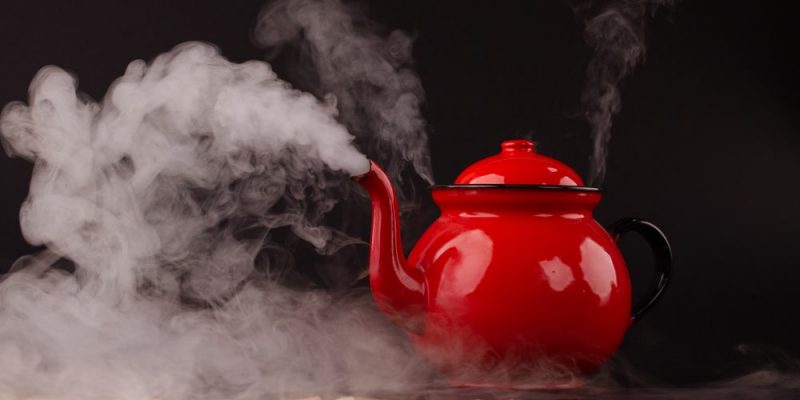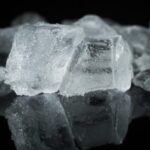We explain what the states of aggregation of matter are, how they can be classified and some characteristics of each one.

What are the states of aggregation of matter?
When we talk about states of aggregation or phases of matter, we refer to the different phases or ways in which it is possible to find the known matter (pure substances or mixtures) and that depend on the type and intensity of the forces of attraction between the particles that make up said matter (such as atoms, molecules, etc.).
There are mainly four states of aggregation of matter: the solid state, the liquid state, the gaseous state and the plasmatic state. There are also less frequent ones, such as fermionic condensates, but these forms do not occur naturally in the environment.
Each of the aggregation states has different physical characteristics such as volume, fluidity or resistance, despite the fact that there is no real chemical difference between one state and another. For example, solid water (ice) and liquid water (water) are chemically identical.
Matter can be forced to go from one state of aggregation to another, simply by altering the temperature and pressure in which it is found. Thus, liquid water can be boiled to bring it to the gaseous state (vapor) or it can be cooled enough to bring it to the solid state (ice).
These transformation procedures from one state of aggregation of matter to another are usually reversible, although not without a certain margin of loss of substance. The best known processes are the following:
- Evaporation. It is the process by which, by introducing caloric energy (heat), part of the mass of a liquid (not necessarily all of the mass) is transformed into a gas.
- Boiling or vaporization. It is the process by which by supplying heat energy, the entire mass of a liquid is transformed into a gas. The phase transition occurs when the temperature exceeds the boiling point of the liquid (temperature at which the vapor pressure of the liquid becomes equal to the pressure surrounding the liquid, therefore, it becomes a vapor).
- Condensation. It is the process by which, by removing heat energy, a gas is transformed into a liquid. This process is contrary to vaporization.
- Liquefaction. It is the process by which, by increasing the pressure greatly, a gas transforms into a liquid. In this process, the gas is also subjected to low temperatures, but what characterizes it is the high pressure to which the gas is subjected.
- Solidification. It is the process by which, by increasing pressure, a liquid can transform into a solid.
- Freezing It is the process by which, by removing heat energy, a liquid transforms into a solid. The phase transition occurs when the temperature takes values lower than the freezing point of the liquid (temperature at which the liquid solidifies).
- Fusion. It is the process by which by supplying caloric energy (heat), a solid can be transformed into a liquid.
- Sublimation. It is the process by which, by supplying heat, a solid transforms into a gas, without first passing through the liquid state.
- Reverse deposition or sublimation. It is the process by which, by removing heat, a gas transforms into a solid, without first passing through the liquid state.
References
- «General Chemistry» from the National University of the Litoral (Google Books). ISBN 9789875085961





